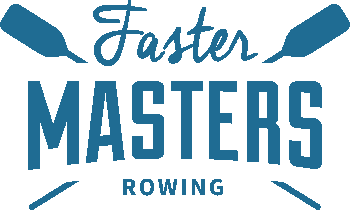Durable boats for club use | Faster Masters Rowing Radio – the podcast for masters rowers. Tips, advice and discussion from Marlene Royle and Rebecca Caroe.
Timestamps
01:00 This Past Week – what we do to advocate for masters rowing.
03:00 September Programs have 3 tracks Time for good quality endurance training.
08:00 What is the normal stroke rate for a 60 year old masters in a single scull for head racing? Maintain the best average speed for the whole race. Work out your efficiency at different rates.
13:00 if your release timing is not together. If you cannot hit the rate – look at this first.
15:30 Look at meters per second as an alternative to 500m splits.
Support this show with a donation.
Most durable rowing boats
19:00 Durable equipment – boats and oars. Why do we want hard wearing boats for rowing? How do you choose boats – we review the spread of athletes in the club group – Height, sex, weight and skill level in rowing and sculling. Our learn to row boat is a coxed quad – wooden inside and with a carbon exterior. After graduating from learn to row we use a flat bottomed quad which is easier to sit and good enough to race in. It is a “forgiving” boat for technique inaccuracies. Hull designs vary – our top quad has a narrower hull – it’s harder to sit and weather-cocks into the wind. Good bladework skills are needed to control this boat. We need both beginner boats and racing boats.
23:00 Rowing boats are made from a choice of fibreglass, Carbon and Kevlar, and Wood. Modern boats are a honeycomb sandwich construction. This gives rigidity to the boat. Painting the outside of the boat covers the joins and overlaps in the carbon fabric layers. Gelcoat is the transparent outer layer of protection. The materials it is build in reflect how heavy the boat will be when it’s finished.
25:30 Boats have minimum weights allowed for racing by World Rowing FISA. A single scull is 14 kg. Look at the boat builders plate – it has the boat weight as well as the athlete weight (average) it’s designed for. Under-weight boats require you to carry extra weights – lead weights added to the foot stretcher.
28:30 Flatter based boats for learn to row are sometimes a little heavier. A single can be 17 kg. Stiffness of rowing boats has increased since wing riggers became popular. They attach using a flange along the length of the boat. This allowed boat builders to remove the internal ‘shoulders’ for the boat and to redesign the cockpit.
32:00 Buying a boat- consider the prices. Often the hull design is the same but materials differ.
Durable oars
33:45 Composite materials changed our design and manufacture. Skinny oars have extra soft flex. Heavier oars are built with heavier materials. Oars are made from Aluminium, Wood and Carbon fibre.
40:00 Marlene’s “Old trick” to give more weight in the hand is to wrap lead tape around the shaft to create weight in the hand. Gives more stability to the oar.
#1 Durability advice
43:00 Boat maintenance is key to durability. More than the construction type. Check your boat regularly – is everything tight? Wash the boats regularly – especially the slide tracks. Boat storage – indoor or outdoor? UV light slowly deteriorates the hall. Cover your boat if stored outdoors.
47:00 Rowing in salt water requires daily washing. We recommend regular strip downs to remove salt residue.


